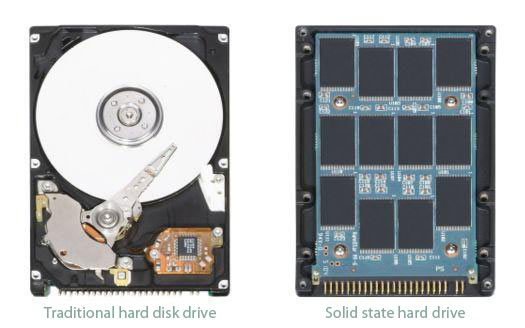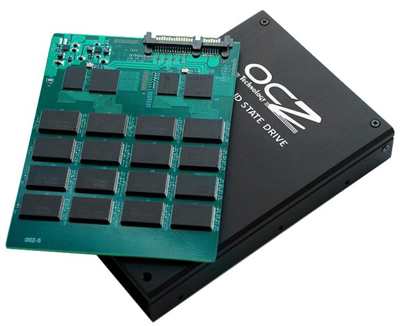New
#1
SATA vs. PATA HDD's
OK, this came to me while surfing through threads here this morning.
Many people when moving to a new OS will be looking at buying a new Hard Disk Drive (HDD), but many don’t know the difference between PATA and SATA, so:
Advanced Technology Attachment (ATA), Parallel Advanced Technology Attachment (PATA), and Integrated Drive Electronics (IDE) all refer to the same technology. The technology has basically remained the same since the mid 80's. There were some changes to the throughput or the amount of data that could ba transferred from mobo to HDD in a given time and back then each revision was given a name & number (ATA1, ATA2, ATA3, etc). This technology culminated in 2001 with ATA7 (AKA: Ultra ATA or Ultra IDE), which had a maximum data transfer rate of up to 133 MB/sec (megabytes per second).
When Serial Advanced Technology Attachment (SATA) hit the scene in 2000 it was a fresh new start. SATA proved superior in many areas and has quickly become the new standard. At this stage to make a clear difference between ATA and the newer SATA standard, the older ATA standard was redefined and named Parallel ATA (or PATA).
There are many differences between PATA and SATA when it comes to the cables and connectors. SATA data cables have only four wires; two for sending and two for receiving data.PATA data cables come in 40-wire or 80-wire designs and are commonly referred to as ribbon cables. PATA cables are bulky, hard to install and impede air-flow in the chasis. SATA cables are easier to install & uninstall, consume minimal space and do not impede the air-flow thereby allowing better circulation.
PATA (left) vs SATA (right) data cables
Currently there are 2 versions of SATA drives available: SATA I and SATA II. SATA I, usually referred to as SATA 1.5 Gb/s (gigabits per second) is capable of communicating at a rate of up to 150 Gb/s, while the older PATA can deliver only up to 133 MB/s speed. The latest SATA II (AKA: SATA 3.0 Gb/s) technology can communicate at a rate up to 300 Gb/s. The upcoming SATA III technology which was just finalized earlier this year by the Serial ATA International Organizationwill have a speed of 6 Gb/s.
PATA connectors on motherboard
SATA connectors on motherboard
SATA vs PATA power cables
Today in computing as SATA has won as the data connector of choice, we are now faced with a new choice...
Mechanical vs. Solid State Drives (SSD).
Simply referred to as mechanical HDD's, most of today's PC's still are equipped with a HDD that consists of multiple metal platters which spin anywhere from 5400-10000 RPM via an electrical motor.
A solid-state drive (SSD) is a newer technology that uses non-volatile flash memory (just like what is found in today's USB flash drives) to create a more rugged and compact devices for the consumer market. With no moving parts, solid-state drives are less fragile than mechanical hard disks and are also silent (unless a cooling fan is used); as there are no mechanical delays, they usually enjoy low faster access times and lower latency. All the SSD's found today in the market will use the SATA data interface, due to their faster speeds.
I HOPE THIS HELPS ALL!!!
Last edited by Darryl Licht; 02 Nov 2009 at 19:26.





 Quote
Quote